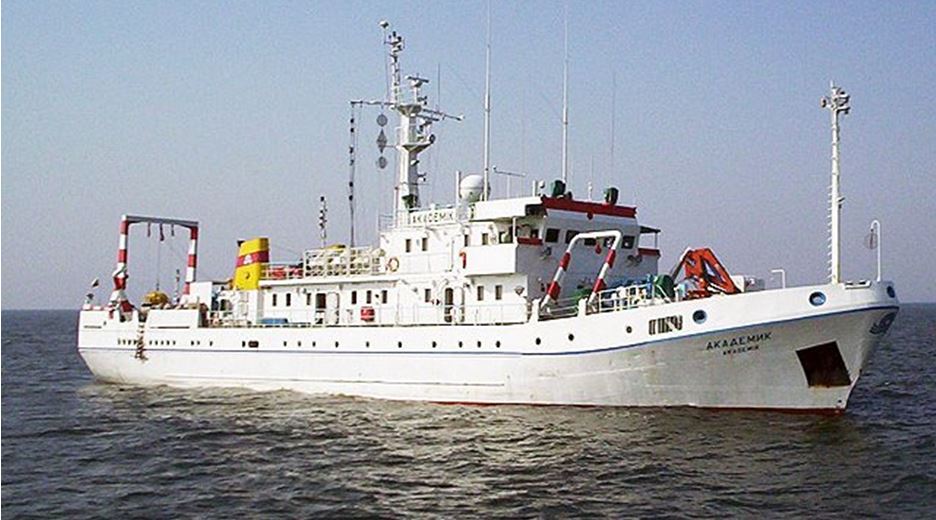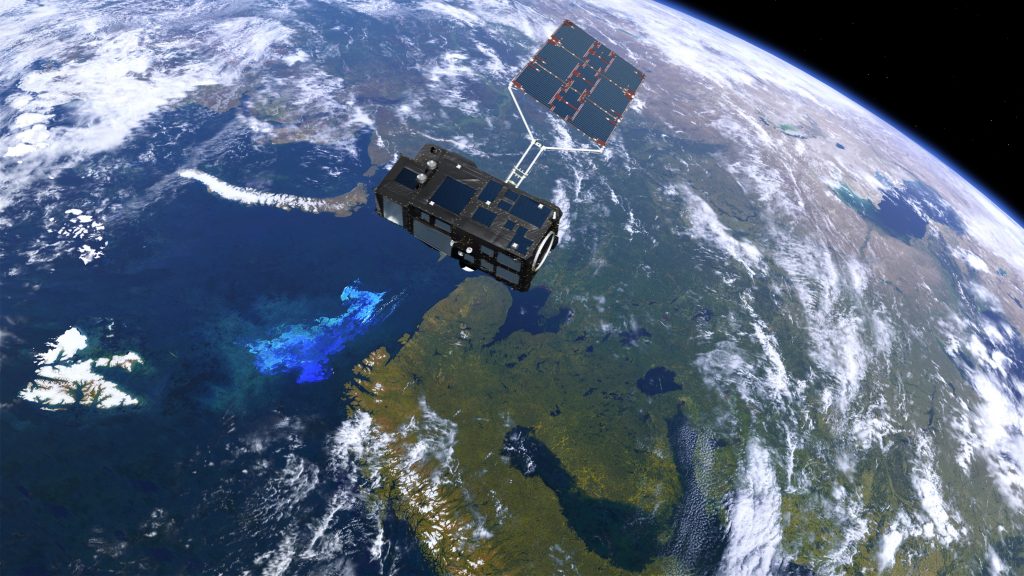Along with a group of European scientists I am currently on the Bulgarian Academy of Sciences’ research vessel out in Black Sea on a major oceanographic ‘bio-optical’ expedition. The purpose of this three-week expedition is to take measurements from a number of different regions in the east and central Black Sea to validate ocean-colour data products from the Sentinel-3A satellite.
Led by the EC’s Joint Research Centre, the expedition includes oceanographers from Bulgaria, Romania, Greece, United Kingdom, Turkey and Estonia. The expedition is funded by the EU’s Eurofleets project and by ESA.

Bulgarian Academy of Sciences’ research vessel. (JRC)
The huge number of measurements we are taking allow for the biological and optical aspects of the Black Sea to be investigated. Importantly, these in situ measurements will be used for assessing the accuracy of data from Sentinel-3’s Ocean and Land Colour Instrument so that the data can be used with confidence.
In addition, our measurements will support the improvement of regional models and algorithms to quantify of the concentration seawater constituents such as chlorophyll-a, coccolithophores and coloured dissolved organic matter.
The expedition also forms a training exercise for a bigger cruise to the Antarctic in September, which is part of a large-scale exercise to validate ocean colour data from both Sentinel-2 and Sentinel-3.

Sentinel-3: revealing the colour of ocean life. (ESA/ATG medialab)
Taking in situ measurements is particularly challenging because the instruments are very sensitive and need expert handling if accurate measurements are to be obtained. These ‘fiducial reference measurements’ of ocean colour are being pioneered as part of several activities to provide traceability of satellite measurements back to primary SI standards.
Post from: Giuseppe Zibordi (JRC)








Discussion: no comments